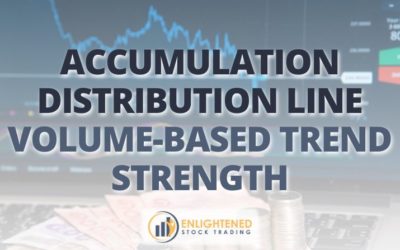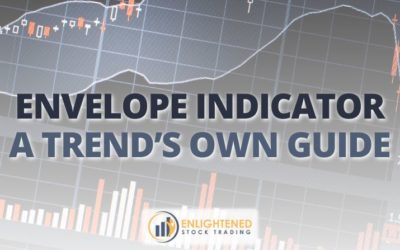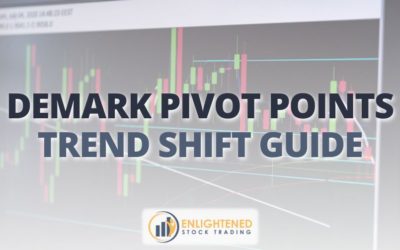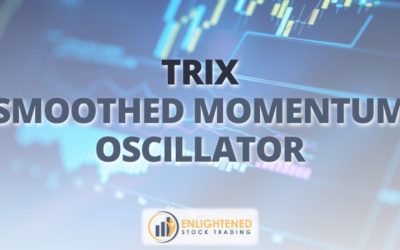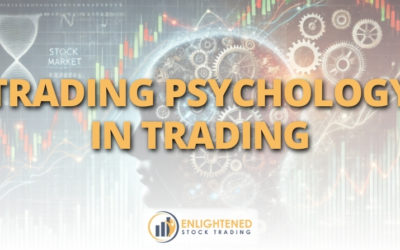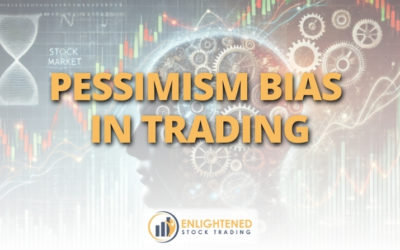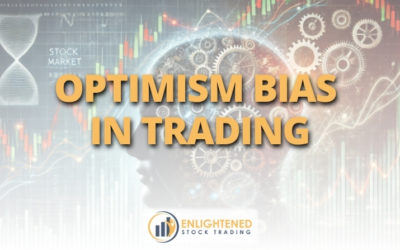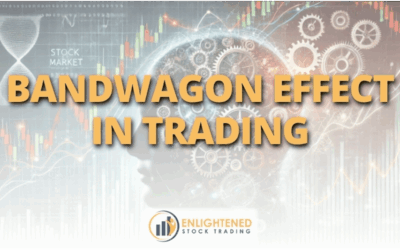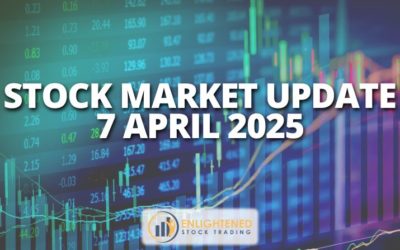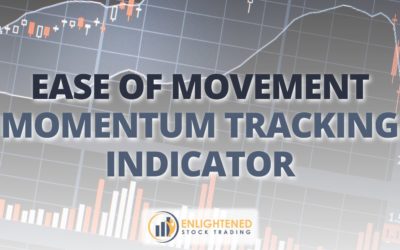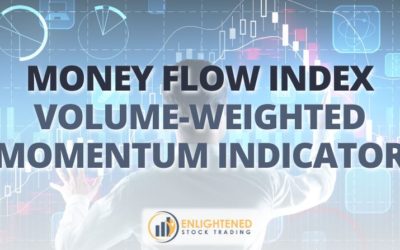The Accumulation/Distribution trading indicator is a cumulative indicator that helps traders identify whether a financial asset is being accumulated (bought up) or distributed (sold off). Instead of simply tracking stock prices, it weights price trend by volume, offering deeper insight into stocks using supply and demand dynamics. Think of the accumulation and distribution line as a financial...
Adrian Reid

Envelope Indicator: A Complete Guide for Systematic Traders
The Envelope trading indicator is a technical analysis tool that helps traders define trading ranges and identify potential trend reversals in price movements. It consists of a moving average and two bands that create an upper and lower boundary around the price action. These bands are set at a fixed percentage above and below the moving average, making it a useful tool for both trend indicators...
Demark Pivot Points: A Proven Tool for Market Timing
The Demark Pivot Points trading indicator, developed by Thomas DeMark, is a unique variation of technical indicators used to identify potential market trend turning points. Unlike standard types of pivot points, which rely on previous highs, lows, and closing prices, Demark Pivot Points adjust based on the relationship between the open and close. Think of Demark Pivot Points as a GPS for price...
Triple Exponential Average: A Smarter Way to Track Trends
The Triple Exponential Average (TRIX), commonly referred to as the TRIX trading indicator is a momentum oscillator that helps technical traders identify trend reversals, market conditions, and price fluctuations while filtering out insignificant price movements. Exponential moving averages are applied three times to the closing price, ensuring smoother price action and reducing false signals....
Mastering Trading Psychology in Trading for Better Decision-Making
Trading psychology refers to the mental and emotional factors that influence a successful trader's decisions. It’s the silent force behind hesitation, overconfidence, fear and greed. In everyday life, it’s like ignoring a fire alarm because you think it's just a drill, only to discover it’s actually real. During severe bear markets, trading psychology is the biggest factor affecting trading...
Overcoming Pessimism Bias in Trading for a More Profitable Mindset
Pessimism bias is a cognitive bias that causes traders to overestimate the likelihood of negative events while underestimating the likelihood of positive ones—a mindset often explored in trading psychology. It’s what makes someone believe the worst-case scenario is more probable than it actually is. Picture a friend who refuses to fly because they think every plane is bound to crash—even though...
The Danger of the Ostrich Effect in Trading & How to Overcome It
The Ostrich Effect describes the tendency to avoid dangerous or negative information, as ostriches bury their heads in the sand to avoid danger. In everyday life, it’s like ignoring a bank account balance when you suspect you’ve overspent. This cognitive bias occurs when individuals prefer positivity bias and avoid negative information that contradicts their expectations—a pattern often explored...
Optimism Bias in Trading: Why Overconfidence Can Wreck Your Portfolio
Optimism bias is the tendency to believe that positive events are more likely for you than for others. It’s why people think they'll avoid traffic despite leaving late or assume a new business venture will succeed despite clear risks. Watch an experienced trader review their journal, and you'll often see a revealing pattern: wins are attributed to skill and careful analysis, while losses are...
How to Avoid the Bandwagon Effect in Trading & Make Independent Decisions
The Bandwagon Effect is a powerful psychological bias that affects consumer behavior in ways they often don’t realize. Simply put, it’s the tendency to follow the crowd and believe that it must be right if many others are doing something. This cognitive bias comes naturally to humans due to our inherent need to be part of a group, leading to a herd mentality in financial markets. In the context...
Stock Market Update | The markets go over the falls – Is Trump to blame?
In last week's update I warned of a break below 5500 on the S&P500 and a break below 19150 on the Nasdaq 100 being a critical point for an accelerated drop in the markets. We certainly saw that come true this week! In the S&P500 over the last two days we have seen two pretty large red candles with two pretty decent sized overnight gaps. This seemed pretty extreme to me, so I ran a quick...
Master the Ease of Movement Indicator for Better Trade Entries
The Ease of Movement (EOM) indicator is a volume-based oscillator that helps traders analyze the relationship between price movements and volume levels to determine how easily an asset moves in a given direction. This trading indicator highlights whether a price movement happens with light volume (indicating an easy move) or requires heavy volume to push through resistance. To understand this...
Money Flow Index: Boost Your Trading Edge
The Money Flow Index (MFI) is a momentum oscillator that evaluates buying pressure and selling rules by incorporating both price movements and volume of trades. Unlike the Relative Strength Index (RSI)—which relies solely on closing price—the MFI provides a broader view of market conditions and the direction of money flowing. Think of the MFI as a financial heartbeat monitor. Just as a doctor...

